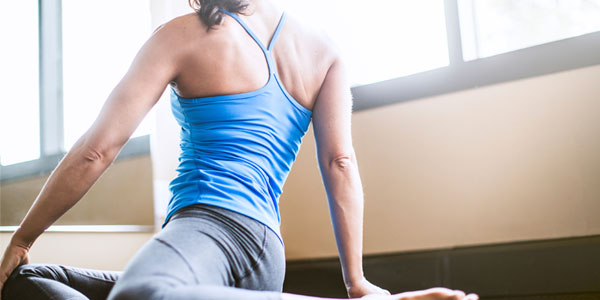One antidote to back pain costs nothing, requires no equipment or membership and can be done right where you are – even from the chair where you’re sitting: exercising and stretching the back. When you exercise and stretch, you improve spine mobility and stability, which helps protect you from injury. One caution, though, says Carina Abrams, a physical therapist with Sutter Physical and Hand Therapy, Davis: It’s vital to maintain proper body mechanics and posture throughout your activities.

“Some exercises that help one spine heal may aggravate another,” she says. “If you feel pain during or following exercise or any other activity, seek help from a physical therapist or another member of your medical team to help you address the issue and select the most appropriate exercises for you.”
Here are Carina’s top picks for exercises to stretch, strengthen and protect your back and spine.









